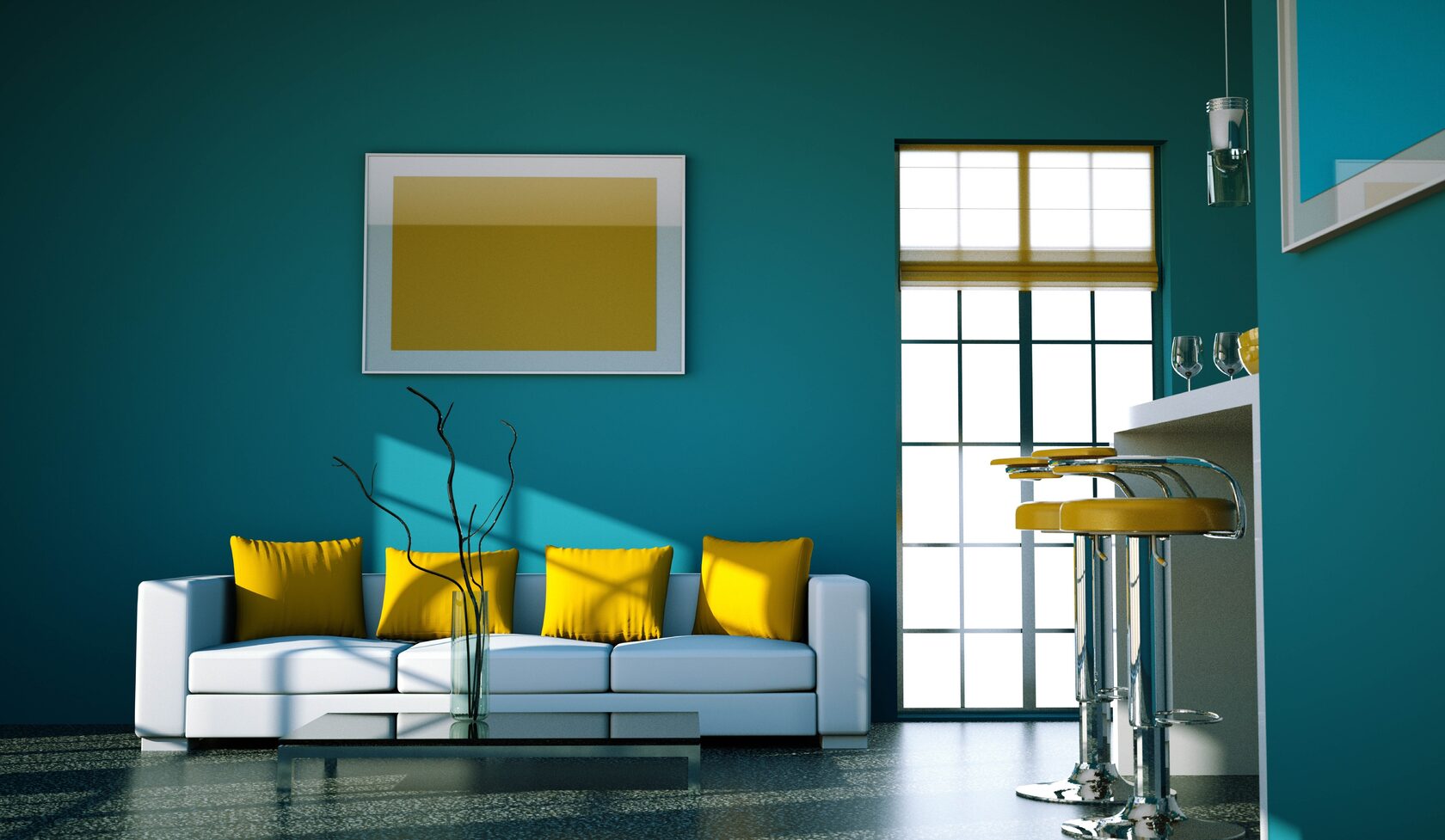Interior painting is a fantastic way to refresh your space, increase your home’s value, and personalize your environment. However, while it might seem simple on the surface, interior painting involves tools, chemicals, and conditions that can pose hazards if not handled correctly. From proper ventilation to correct ladder use, understanding and applying safety measures is essential whether you’re a DIY painter or hiring professional interior painters. This comprehensive guide covers important safety tips, techniques, and painting precautions to help you complete your project with confidence.
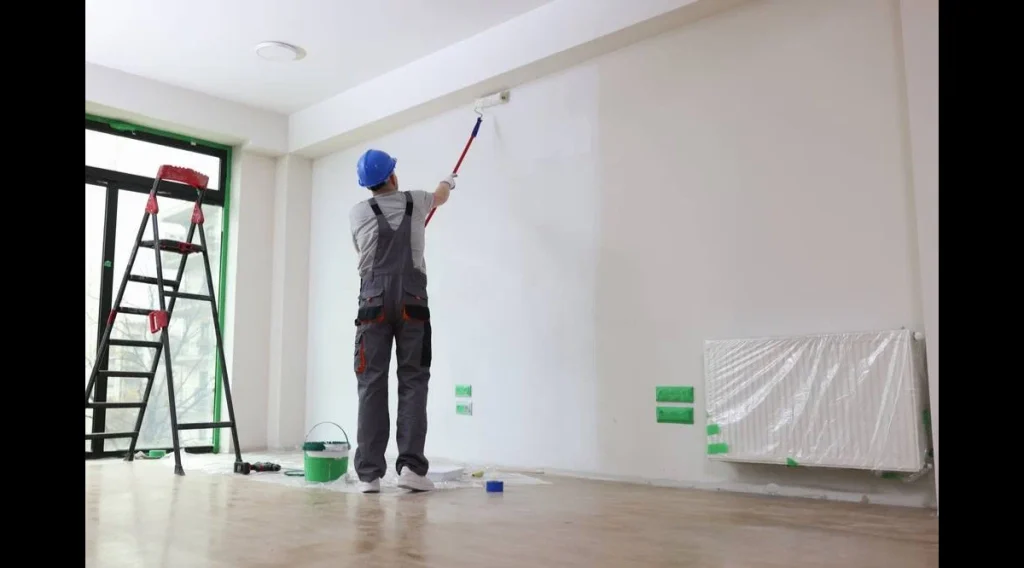
Why Painting Safety Tips Are Crucial for Every Homeowner
Whether you’re painting a single room or undertaking a whole-house makeover, safety should always come first. Paints contain chemicals that can be harmful if inhaled, and painting tools can cause injury if misused. Ensuring your safety creates a more efficient workflow, avoids accidents, and ensures a quality result.
Common Hazards in Indoor House Painting
Paint fumes, flammable solvents, improper ladder use, and sharp tools all pose potential risks. Knowing what to expect helps reduce injuries. Being informed about what could go wrong keeps your project on track and your household protected.
The Role of Ventilation in Interior Painting Projects
Proper airflow reduces exposure to paint fumes and speeds up drying time. Open windows, use fans, and wear masks if working in tight areas. Never paint in a completely sealed room.
Understanding the Safety Labels on Paint Products
Paint cans often come with important usage warnings. Learn what VOCs (Volatile Organic Compounds) are and why it’s best to choose low-VOC options for safer air quality.
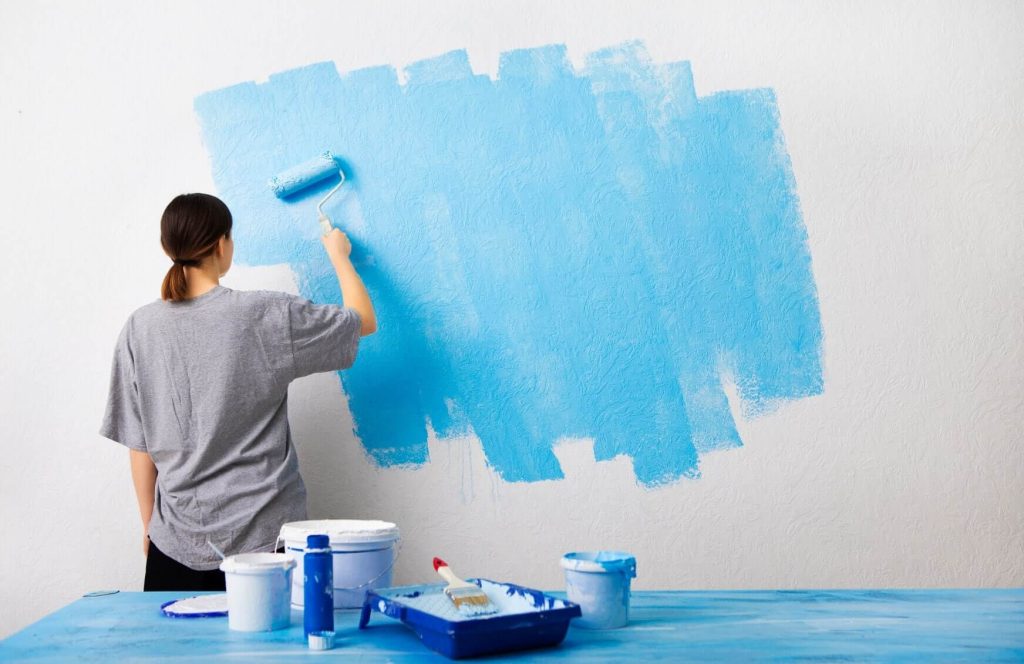
Preparing Your Home for a Safe Interior Painting Job
Proper preparation is key to painting safely. From clearing furniture to checking for ventilation, the work you do before you even open a paint can will help prevent accidents and messes.
Clearing and Covering the Area
Move furniture out of the room or cover it with plastic sheeting. Use painter’s tape to seal edges and outlets. This reduces tripping hazards and protects valuables.
Gathering Protective Equipment and Supplies
Wear gloves, safety goggles, and old clothing. Use a painter’s mask or respirator to avoid inhaling dust or fumes. Our interior painting experts provides a simple preparation step that can protect you significantly.
Testing for Lead Paint in Older Homes
If your home was built before 1978, test for lead-based paint. DIY kits are available, or you can hire a certified professional for a safer assessment.
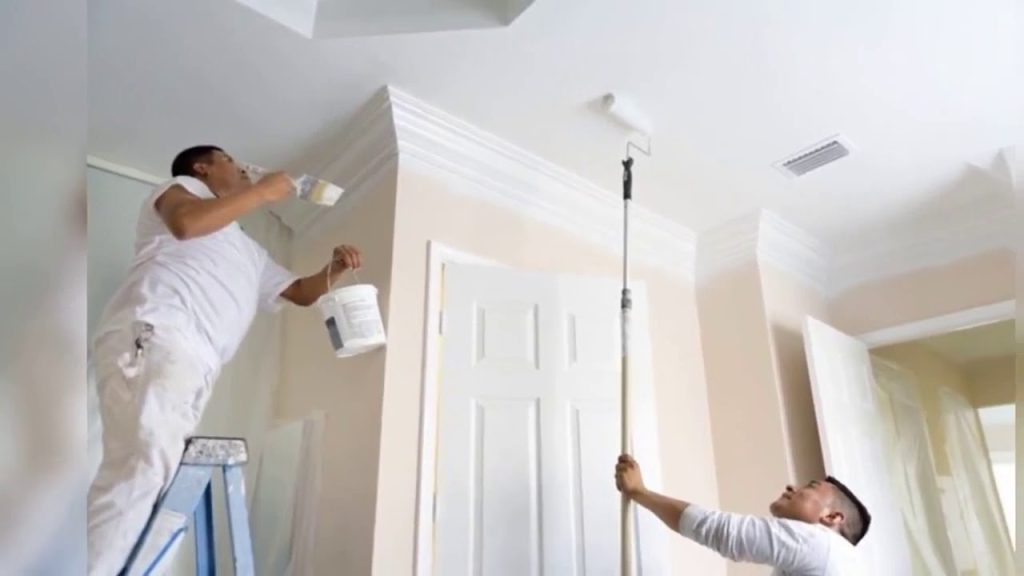
Safe Handling of Paints and Tools
Paint and related supplies can be hazardous if mishandled. Learning proper storage, handling, and disposal practices can prevent injuries and environmental harm.
Paint Handling Tips for Beginners
Always stir paint in a well-ventilated area. Avoid skin contact and never eat or drink near paint containers. Keep lids tightly sealed when not in use.
Storing Paint and Solvents Safely
Keep containers away from children and pets. Store in a cool, dry place, and avoid stacking them to prevent tipping. Label each container clearly.
Proper Disposal of Paint Waste
Don’t pour leftover paint down the drain. Check with local waste management for drop-off locations. Dispose of rags soaked in solvent in a metal container with a lid.
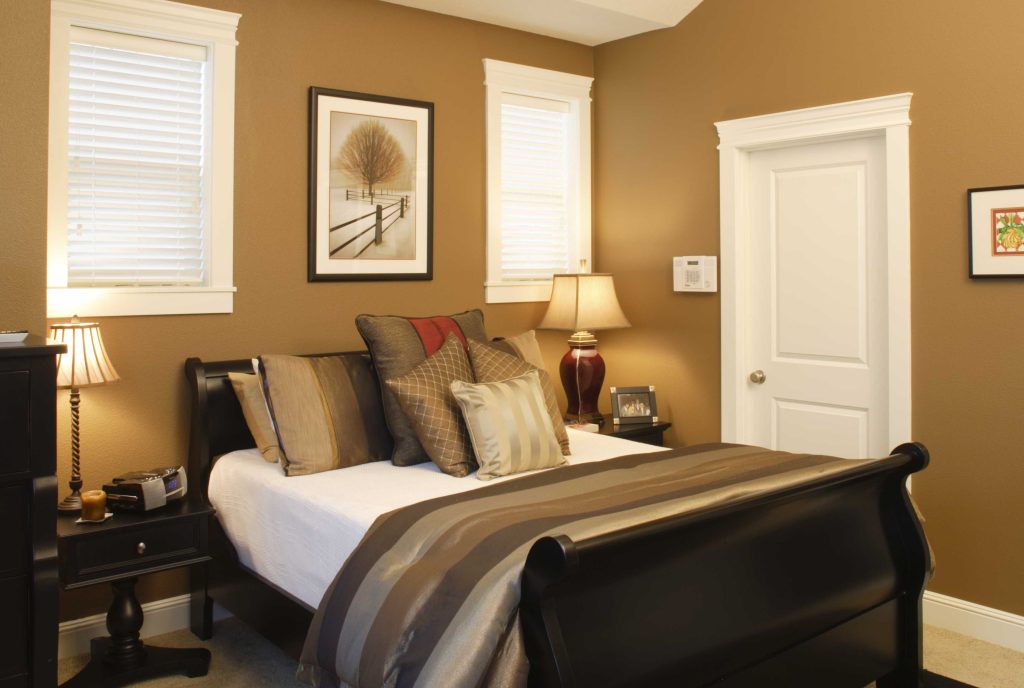
Using Tools Safely During Interior Painting
Ladders, brushes, rollers, and sprayers require care and attention. Tools may seem harmless, but careless use can result in injury or property damage.
Ladder Safety and Usage Guidelines
Inspect ladders before use. Never stand on the top step. Always place it on level ground and ensure it locks securely. Use a ladder buddy when possible.
Tips for Working with Extension Poles
When using extension poles, maintain a steady grip. Avoid overextending, and keep your body balanced to prevent strain or falls.
Electrical Safety While Painting Around Outlets
Turn off power to rooms where you’ll paint near outlets. Cover exposed sockets and avoid overloading circuits with painting equipment.
Interior Painting Techniques That Enhance Safety and Quality
Using the right painting techniques not only ensures a smooth finish but also minimizes fatigue and mistakes. A smart strategy is a safe strategy.
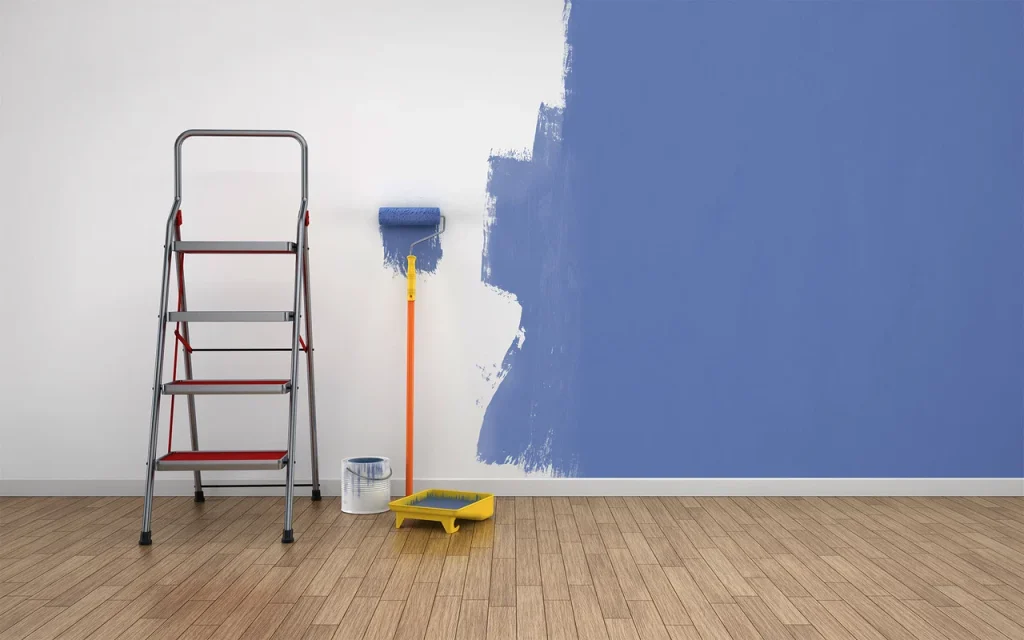
Professional Interior Painting Tips for Smooth Coats
Start with primer, paint in “W” patterns, and maintain a wet edge. This reduces drips, splatter, and the need for multiple coats.
How to Paint a Living Room Efficiently and Safely
Start from the top (ceilings) and work your way down. Use appropriate lighting to avoid missed spots. Rest often to prevent overexertion.
Best Interior Painting Ideas to Minimize Risk
Choose fast-drying, low-VOC paints. Avoid interior painting in extreme temperatures. Use drop cloths to catch spills and reduce slipping hazards.
FAQs: Guide for Interior Painting Safety
Q1: Can I paint indoors without opening windows?
It’s not recommended. Always ensure good ventilation to avoid inhaling harmful fumes, even if using low-VOC paint.
Q2: What should I wear while painting indoors?
Protective clothing, gloves, goggles, and a mask are ideal to protect from splashes, fumes, and irritation.
Q3: Is it safe to sleep in a freshly painted room?
Wait at least 24–48 hours for paint to dry and fumes to dissipate, especially in bedrooms or enclosed spaces.
Q4: Can I reuse old paint safely?
If stored properly and stirred thoroughly, yes. Always check for mold, foul smell, or separation before using.
Q5: Are there child-safe options for interior paints?
Yes, choose non-toxic, low-VOC paints labeled as safe for indoor use, especially in nurseries and playrooms.
Work with a Professional Interior Painting Company: Total Painting and Remodel
For a truly safe, beautiful, and efficient painting project, trust the experts at Total Painting and Remodel. As your go-to:
- Professional Interior Painting Company
- Affordable Interior Painting Experts
- Best Home Interior Painting Specialists
- Residential Interior Painters
Our experienced team uses premium materials and follows rigorous safety and quality standards to bring your vision to life without hassle. Whether you need a simple room refresh or full-house makeover, we deliver stunning results on time and within budget.
Contact Total Painting and Remodel today to get started on your next interior painting project with confidence and peace of mind.

Conclusion
Interior painting is more than just adding color to your walls, it’s a project that demands planning, preparation, and a solid understanding of safety practices. From selecting the right gear to applying techniques that protect both people and property, a safe painting process ensures better results and fewer headaches.
Ready to transform your home safely and beautifully? Reach out to Total Painting and Remodel, your trusted Professional Interior Painting Company, for top-tier service that checks every box.

